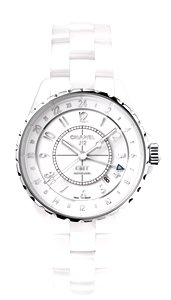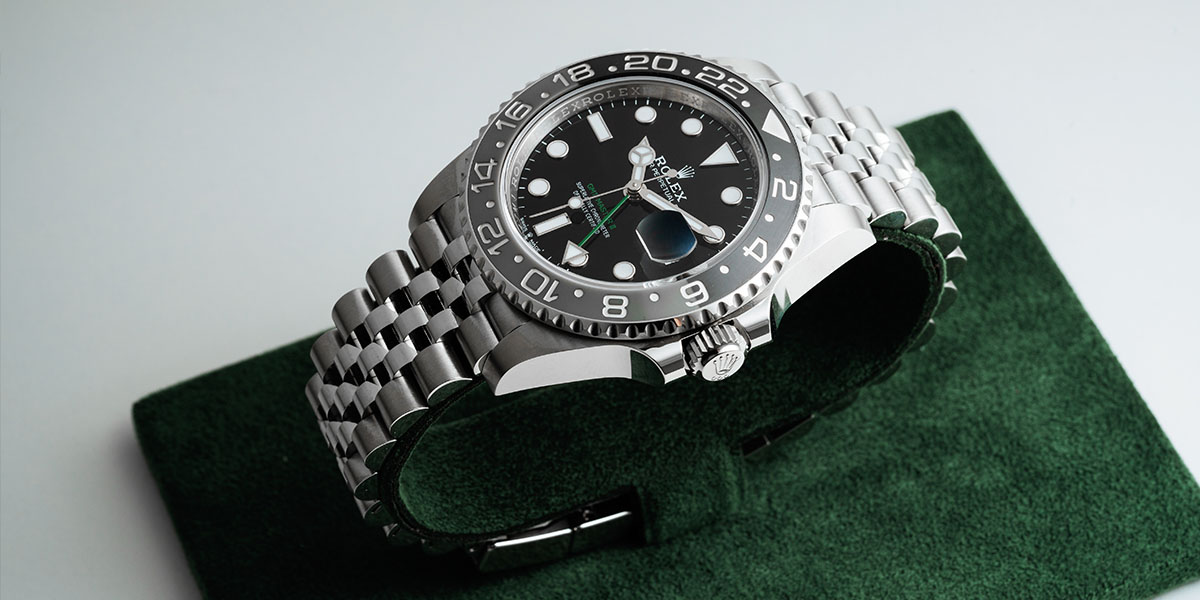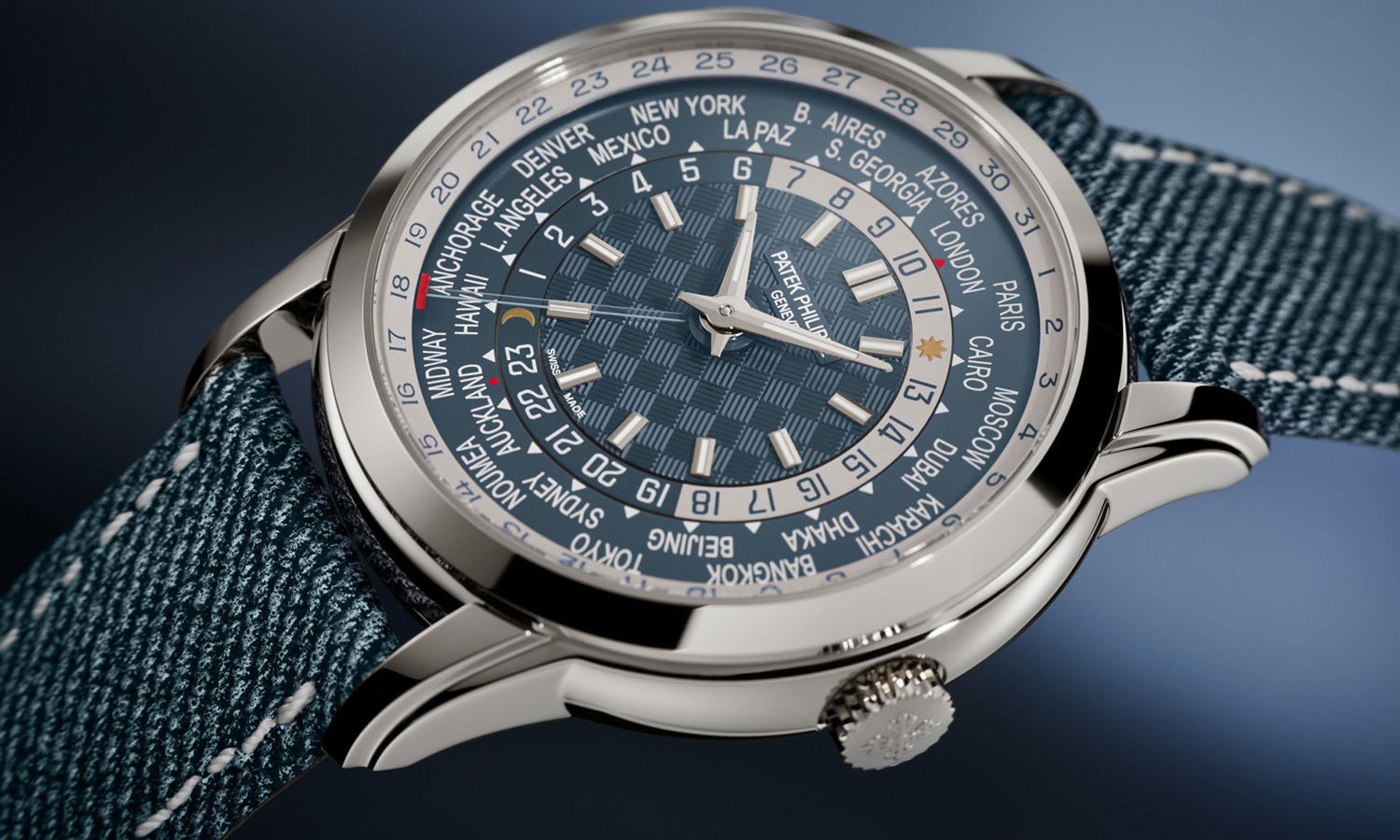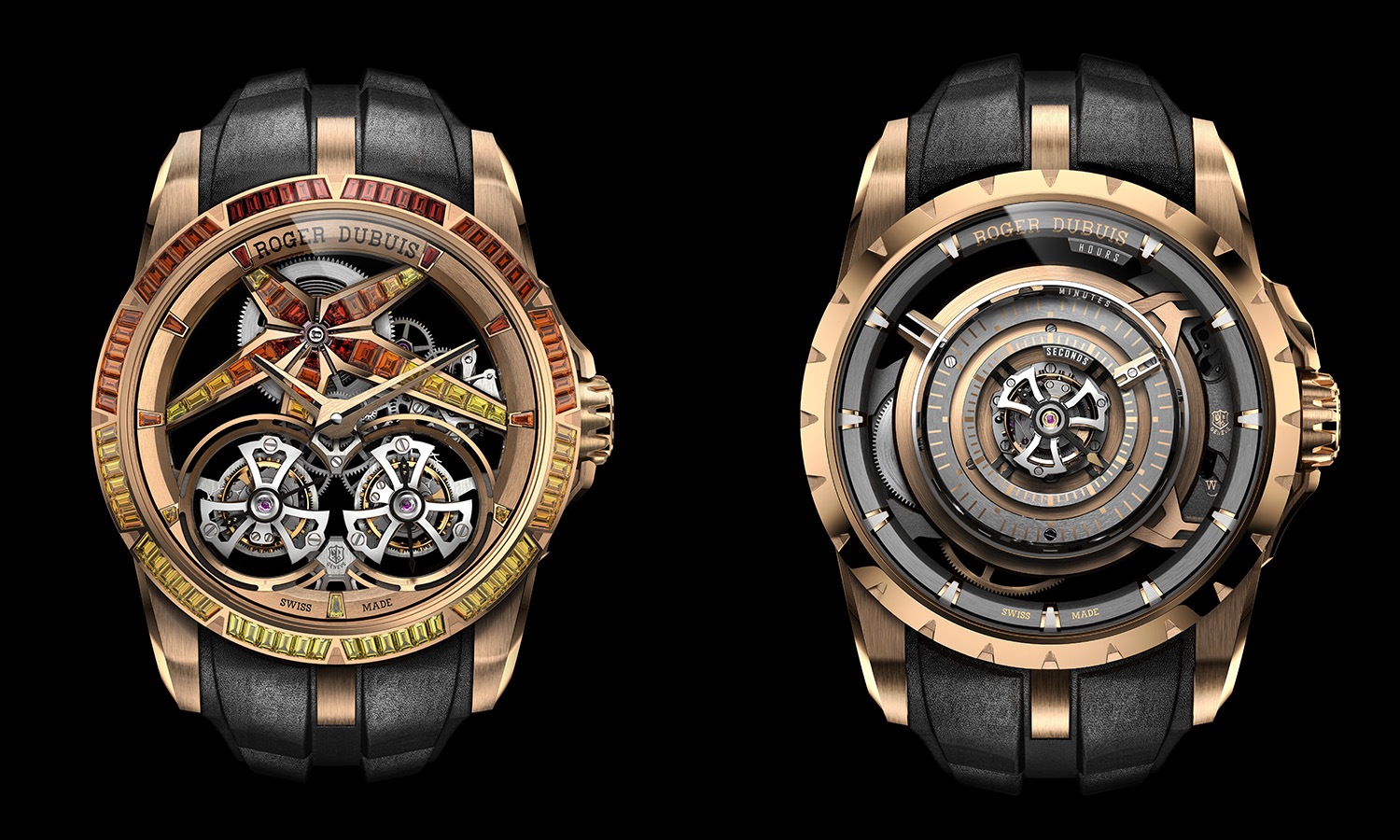
Chanel J12: The Real Thing
A few days ago, I found out how tricky it is to hand-stitch an Hermès watch strap. Today I discovered the difference between my inexpensive (cheap) ceramic watch and the inimitable Chanel J12, after visiting the brand’s watch manufacture in La Chaud-de-Fonds.
The links on the white ceramic bracelet of my watch are all exactly the same size, shape and thickness. This means the bracelet was made using two different molds – one for each of the links on either side of the bracelet. The Chanel bracelet is made using 20 different molds, to create links for a bracelet that is tapered and varies in thickness from beginning to end, for a totally ergonomic fit. There are no square edges; everything is rounded off.
The other issue is density. Chanel is the only watch manufacturer in Switzerland that mixes and cooks its own ceramic directly from the powder. Other companies machine cases out of already formed blocks of ceramic. In my inexpensive watch, the ceramic is less dense and the color less uniform; you can see the pins through the ceramic on some of the links, and you can also see the screws through the tiny holes on the sides of the bracelet. Chanel fills these holes with ceramic glue, having developed a machine that puts precisely the right amount of glue in each hole 99% of the time. Every hole is checked by hand and refilled if necessary, bringing this rate of perfection to 100%.
So, while the Chanel J12 might be the most copied watch in the world, it is never really copied, only imitated, and sometimes quite badly.
 SIGN UP
SIGN UP










